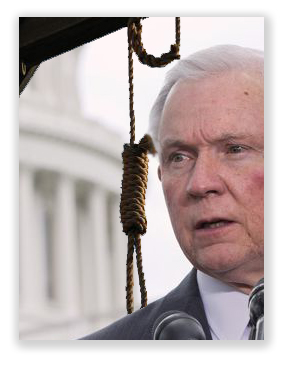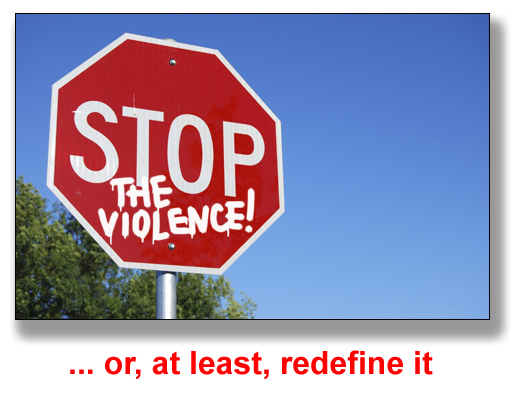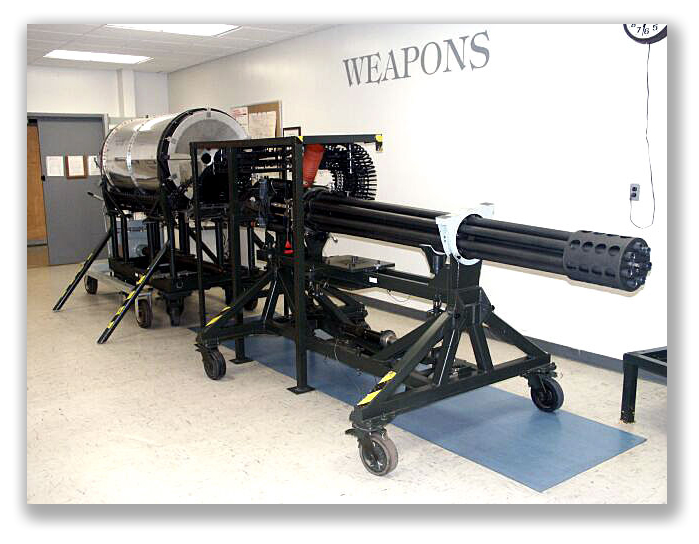We post news and comment on federal criminal justice issues, focused primarily on trial and post-conviction matters, legislative initiatives, and sentencing issues.

Some short takes to end the week:
Mike Carvajal’s Legacy: The Associated Press yesterday reported that a bipartisan group of senators, led by Jon Ossoff (D-Georgia) and Mike Braun (R-Indiana) has launched a working group “aimed at developing policies and proposals to strengthen oversight of the beleaguered federal prison system and improve communication between the Bureau of Prisons and Congress.”
 Giving itself a well-deserved victory lap, the AP says the task force – which calls itself the Senate Bipartisan Prison Policy Working Group – formed “following reporting by The Associated Press that uncovered widespread corruption and abuse in federal prisons.”
Giving itself a well-deserved victory lap, the AP says the task force – which calls itself the Senate Bipartisan Prison Policy Working Group – formed “following reporting by The Associated Press that uncovered widespread corruption and abuse in federal prisons.”
The chairman of the Senate Judiciary Committee, Sen. Richard Durbin (D-Illinois) also will be part of the group. I’m hoping to see Senator Chuck Grassley (R-Iowa)
AP called the federal prison system “a hotbed of corruption and misconduct… [that] has been plagued by myriad crises in recent years, including widespread criminal activity among employees, systemic sexual abuse at a federal women’s prison in California, critically low staffing levels that have hampered responses to emergencies, the rapid spread of COVID-19, a failed response to the pandemic and dozens of escapes.”
Advocates from across the spectrum lauded the announcement. “The COVID-19 pandemic exposed serious weaknesses in our federal prison system, but also provided a blueprint for reform. Congress should take an active role in ensuring that BOP builds on the lessons of the pandemic to ensure the safety of incarcerated persons and the community, promote rehabilitation and reentry, and maximize alternatives to incarceration,” Kyle O’Dowd, Associate Executive Director for National Association of Criminal Defense Lawyers said. “The Prison Policy Working Group can open a bipartisan dialogue on these issues and lead the way in creating a more humane and rational prison system.”
David Safavian, General Counsel, American Conservative Union, said, “It is high time that Congress addresses issues facing both federal prisoners and correctional officers alike. The newly created Senate Prison Policy Working Group must help develop policies that strengthen public safety, advance human dignity, and ensure that the prison bureaucracy is held accountable for the results it delivers to the taxpayers.”
More BOP accountability… Ironically, that may be BOP Director Mike Carvajal’s legacy.
Associated Press, Senate launches group to examine embattled US prison system (February 17, 2022)
Senator Jon Ossoff, Sens. Ossoff, Braun Launch Bipartisan Working Group to Examine U.S. Prison Conditions, Promote Transparency (February 17, 2022)

And This is Kind of What the Senators Are Talking About: A BOP employee pleaded guilty Thursday to charges he sexually abused at least two inmates at FCI Dublin, the first conviction in a wave of arrests resulting from what prisoners at the women’s facility and employees called “the rape club.”
 The latest, a recycling technician, is one of four employees, including the warden and chaplain, who’ve been arrested for sexually abusing Dublin inmates. The Associated Press said last week that several other Dublin workers are under investigation.
The latest, a recycling technician, is one of four employees, including the warden and chaplain, who’ve been arrested for sexually abusing Dublin inmates. The Associated Press said last week that several other Dublin workers are under investigation.
The employee pled guilty to three counts of sexual abuse of a ward. Sentencing guidelines in similar cases have ranged from three months to two years, the AP said. The employee, on administrative leave since last April, remains “currently employed with the Bureau of Prisons,” the agency said last Friday. He had been allowed to transfer to another BOP facility while under investigation.
The AP published results of its investigation of FCI Dublin a week ago, saying it had found “a permissive and toxic culture at the Bay Area lockup, enabling years of sexual misconduct by predatory employees and cover-ups that have largely kept the abuse out of the public eye.” Inmates told AP they had been subjected to years of “rampant sexual abuse by correctional officers and even the warden, and were often threatened or punished when they tried to speak up.”
Federal News Network, Worker pleads guilty to abusing inmates at US women’s prison (February 11, 2022)
Associated Press, AP investigation: Women’s prison fostered culture of abuse (February 6, 2022)

Violent Offender Recidivism: The US Sentencing Commission last week released a study suggesting that violent federal offenders committed new crimes at double the rate of nonviolent offenders.
 Over an 8-year period, 64% of violent offenders released in 2010 were rearrested, compared to 38% of non-violent offenders. The median time to rearrest was 16 months for violent offenders and 22 months for non-violent offenders. What’s more, while recidivism dropped with age, in all categories violent offender committed new crime at a higher rate than nonviolent. For ages 60+, violent offenders’ recidivism rate was 25%, compared to 12% for nonviolent.
Over an 8-year period, 64% of violent offenders released in 2010 were rearrested, compared to 38% of non-violent offenders. The median time to rearrest was 16 months for violent offenders and 22 months for non-violent offenders. What’s more, while recidivism dropped with age, in all categories violent offender committed new crime at a higher rate than nonviolent. For ages 60+, violent offenders’ recidivism rate was 25%, compared to 12% for nonviolent.
Violent offenses were defined based on the sentencing guidelines applied. By the definitions used, 9% of federal prisoners are serving time for violent crimes and 34% have prior violent-crime convictions.
US Sentencing Commission, Recidivism of Violent Federal Offenders Released in 2010 (February 10, 2022)
– Thomas L. Root







